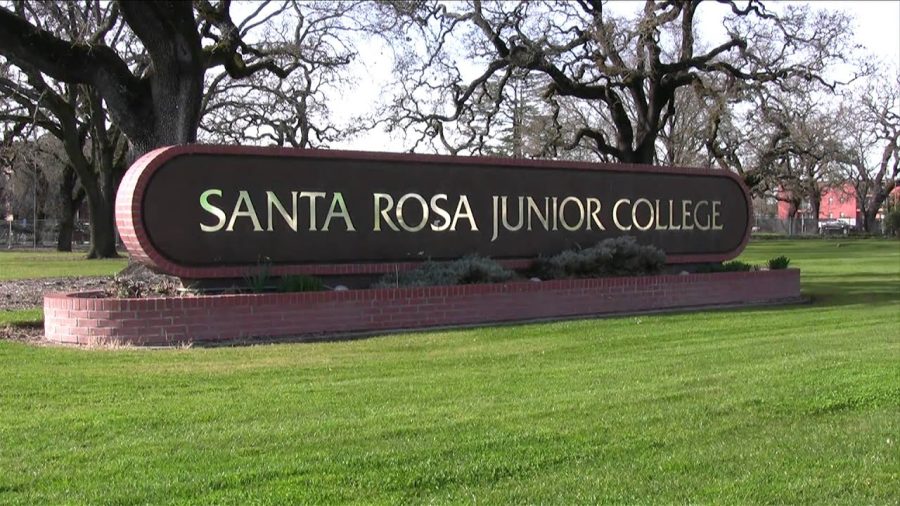Santa Rosa Junior College Academic Senate members discussed at-risk online education policy, pay equity concerns for part-time faculty and provided an update on the district’s dual enrollment initiatives during their April 2 meeting.
Dawn Lucas, Academic Senate member and Education Planning Coordination Council representative, introduced concerns about the potential elimination of Administrative Policy 4105, which supports distance learning. She argued that devaluing online learning could lead to a loss of crucial support for the programs.
“Eliminating our support for the modality the majority of our students are taking and our classes are held in, seems like a major abandonment of a basic responsibility as well as being in direct conflict with our stated mission,” Lucas said.
The elimination of this policy affects a large portion of students at SRJC, raising questions about the college’s commitment to providing quality online education.
April Oliver, chair of the English for Multilingual Students Department, spoke about the pay inequalities Career Development and College Prep (CDCP) faculty face. She added that CDCP faculty who teach non-credit courses are paid less than faculty who teach for-credit classes despite similar workloads.
CDCP students can take non-credit classes designed to prepare them for improved workforce opportunities, vocational training and college-level credit coursework.
“When these students succeed, all departments benefit through increased enrollment and outcomes,” Oliver said.
Lisa Dulberg, counseling faculty; Vanessa Luna, dean of instruction and enrollment management for the Petaluma campus; and Karolina Nazario, director of strategic initiatives and early college credit liaison between the district and Sonoma County Office of Education, provided an update on the dual enrollment initiatives.
Nazario introduced the positive impact on graduation rates and college enrollment while addressing faculty concerns. She outlined best practices and efforts to align high school and college pathways.
“Students who take CCAP [College and Career Access Pathways] courses, about 32% of those students enter college compared to only 66% of students who don’t take any dual enrollment programs,” Nazario said.




